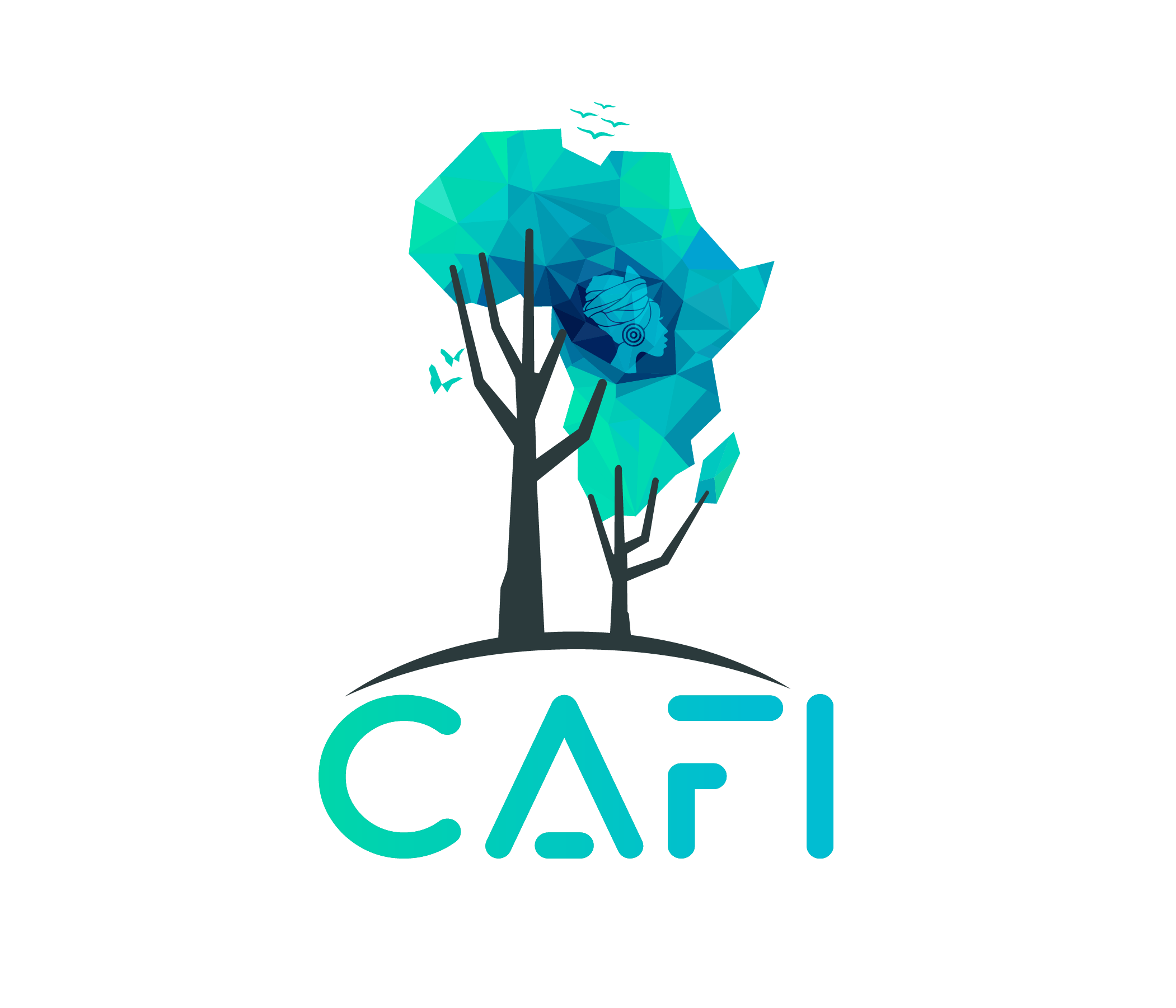The FAO Regional study funded by CAFI uniquely distinguishes between deforestation and degradation while applying national definitions of forests, and may be the only methodology using visual validation of results, piloting a new sample-based approach resulting in significant advances in forest monitoring and identification of drivers. The method is entirely open-source, executed in the cloud through FAO’s SEPAL platform. The study promotes a transparent approach to forest monitoring, and aligns to national monitoring initiatives, through active engagement of governmental experts from these countries and extensive capacity development through bilateral technical meetings and webinars.
Assessing deforestation and forest degradation and direct drivers
Countries:
Regional
Topics:
Forest sector
Status:
Closed
Amount:
$2,4000,000
Start Date:
-
End Date:
31/03/2025
Implementing Organizations:
FAO
National Partners:
-
Results to date
The study generated
- National-scale estimates of forest cover change for 2016-2023 in all six CAFI partner countries. A summary of annual change by country, forest type and comparisons with global datasets, showing that deforestation is relatively stable (no large increases or decreases), while degradation trends are more dynamic.
- Estimated annual greenhouse gas emissions showing that deforestation emissions are relatively stable until 2023 while degradation appears to be slowly increasing (although uncertainties are rather large, particularly with tier 1 data).
- The regional study also assessed changes by forest type, showing that dense forest is more affected by degradation than deforestation, with secondary forest and dry open forest disproportionately more affected by deforestation
- The study provided analysis and spatial visualisation of Direct observable drivers, showing that the rural complex (inhabited agricultural land cover mosaic found along the network of rivers and roads in the forest, and a product of traditional small-holder shifting cultivation) frequently observed in Central Africa, is associated with over 70% of deforestation and degradation. The study also showed that the contribution of drivers varies by type of change : industrial drivers are most present in dense forests, followed by secondary forests.
- Visually interpreted data from all phases of the project (over 66,000 images) can be explored and downloaded, contributing to scientific research. Public information on the project is available on a project website, available in three languages, and presented in a storymap.
Documents
| Document Name | Date | Download |
|---|---|---|
| 03/08/2020 |
Download 
|
|
| 14/02/2023 |
Download 
|
|
| 31/03/2025 |
Download 
|

